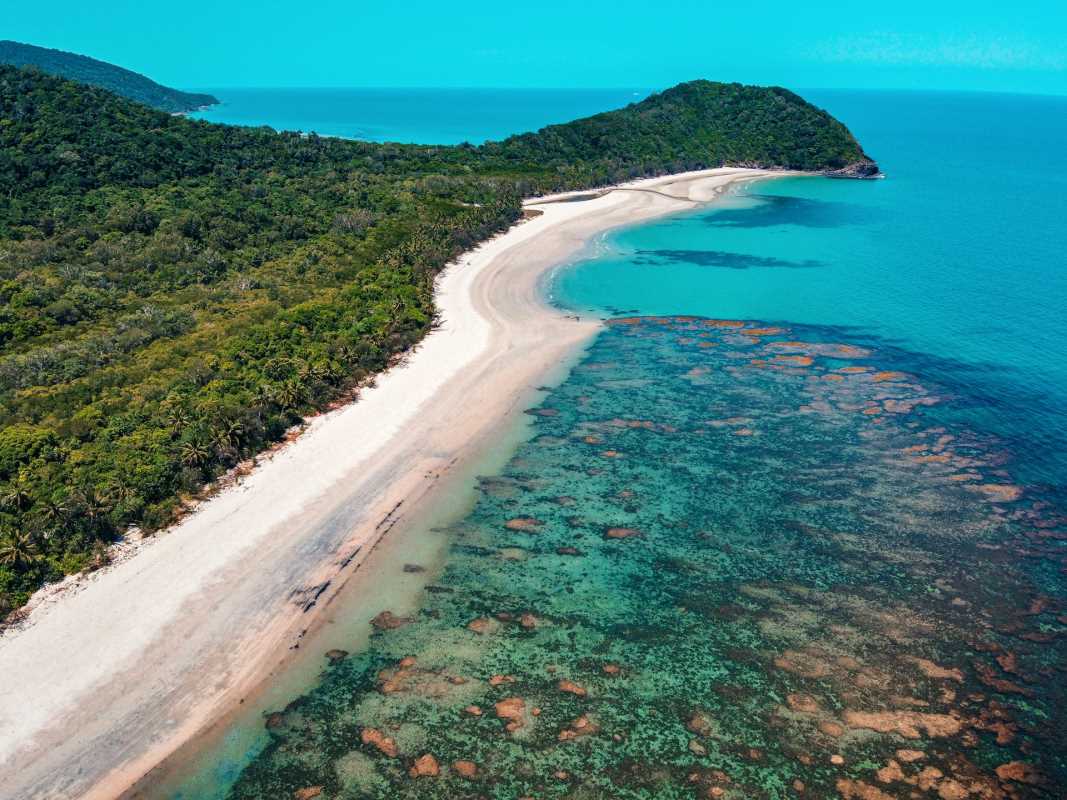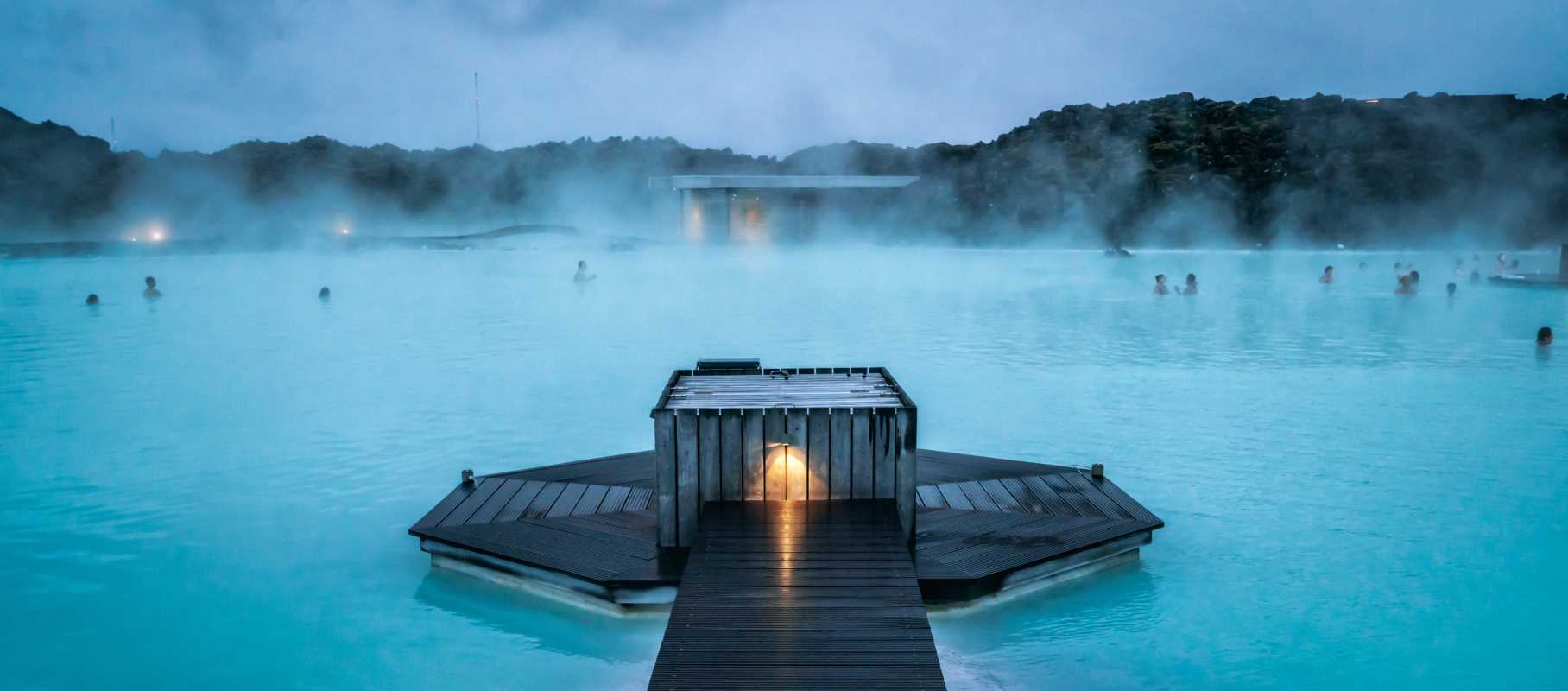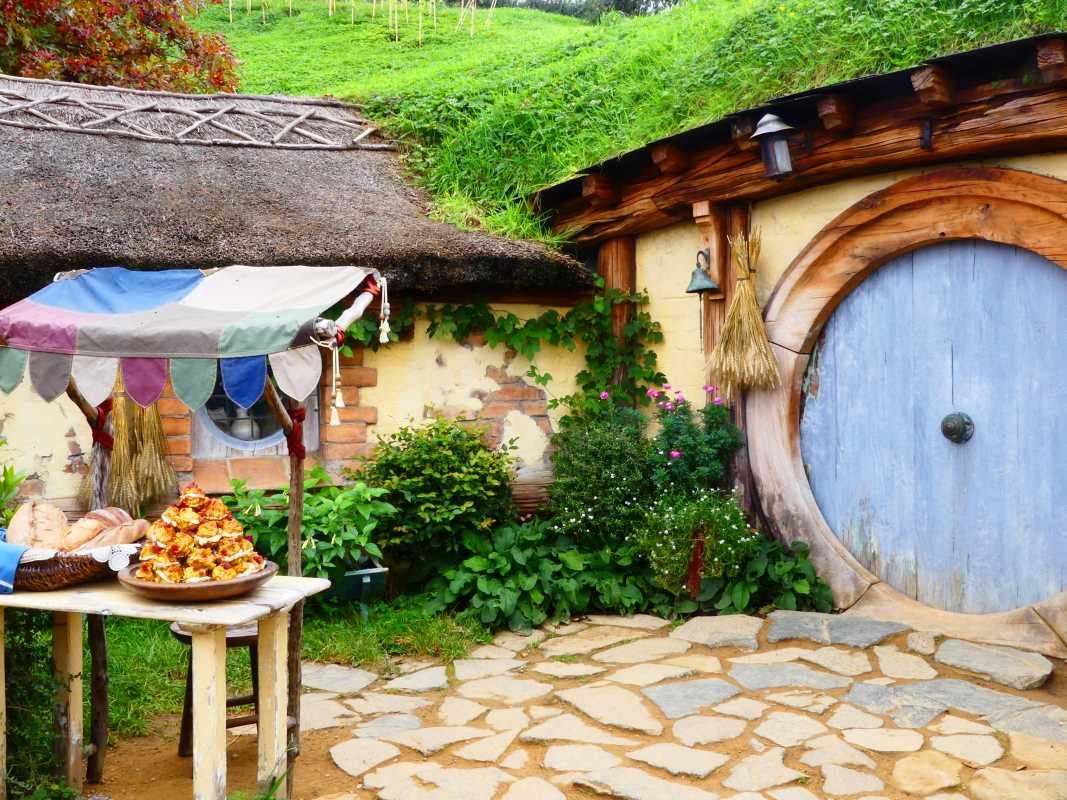The world is filled with iconic landmarks and tourist attractions that have withstood the test of time, drawing millions of visitors each year. These sites, whether natural wonders or cultural treasures, hold immense value not only for their beauty and historical significance but also for the deep connections they foster between people and places. However, due to various environmental, political, and social factors, some of these beloved sites may face the threat of disappearing within the next 50 years. From melting glaciers to rising sea levels and unsustainable human activity, here are some fading icons that might not be around for future generations to enjoy.
The Great Barrier Reef: A Dying Underwater Wonder
The Great Barrier Reef, one of the most stunning natural wonders on Earth, stretches over 2,300 kilometers along the coast of Australia and is home to a diverse array of marine life, including thousands of species of fish, coral, and other marine organisms. This vibrant underwater ecosystem has long been a bucket-list destination for divers, marine biologists, and nature lovers. However, the reef is under severe threat from climate change, particularly due to rising sea temperatures and ocean acidification.
Over the past few decades, the Great Barrier Reef has experienced widespread coral bleaching, a phenomenon where stressed corals expel the symbiotic algae living in their tissues, causing them to turn white and eventually die if conditions do not improve. The mass bleaching events of 2016 and 2017 were particularly devastating, with nearly half of the coral in the northern and central sections of the reef dying. Scientists warn that if current trends continue, the Great Barrier Reef could be virtually unrecognizable within the next few decades.
In addition to coral bleaching, the reef is also threatened by coastal development, overfishing, and pollution from agricultural runoff. These factors exacerbate the decline of the reef's health and make it more difficult for the ecosystem to recover. Efforts are being made to protect and restore the reef, such as reducing carbon emissions, controlling crown-of-thorns starfish outbreaks, and improving water quality, but the future of this natural wonder remains uncertain. Without significant global action to combat climate change, the Great Barrier Reef could become a shadow of its former self, robbing future generations of the chance to experience its beauty.
Venice: The Sinking City
Venice, often referred to as the "Floating City," is renowned for its picturesque canals, historic architecture, and romantic gondola rides. As a UNESCO World Heritage Site, Venice is a treasure trove of cultural and artistic heritage, attracting millions of tourists each year. However, the city is facing a dual threat of sinking due to land subsidence and rising sea levels caused by climate change.
Land subsidence in Venice is not a new phenomenon. The city has been slowly sinking for centuries due to the soft sediment on which it was built and the extraction of groundwater during the 20th century. However, the problem has been exacerbated by rising sea levels, which have increased the frequency and severity of "acqua alta" or high tide flooding. These floods regularly inundate the city, damaging buildings, monuments, and infrastructure.
The most significant threat to Venice's future comes from the projected rise in global sea levels due to melting polar ice caps and thermal expansion of seawater. Scientists estimate that without significant intervention, Venice could be underwater by 2100. The MOSE (Modulo Sperimentale Elettromeccanico) project, a system of mobile barriers designed to protect Venice from high tides, is one effort to safeguard the city, but its effectiveness in the long term remains to be seen.
In addition to the environmental challenges, Venice also faces issues related to overtourism. The city's narrow streets and delicate infrastructure are strained by the millions of visitors who flock to Venice each year. This not only threatens the quality of life for local residents but also contributes to the physical degradation of the city's historic sites. If these challenges are not addressed, Venice may become a cautionary tale of a city lost to the forces of nature and human activity.
Glacier National Park: The Vanishing Glaciers
Glacier National Park in Montana, USA, is known for its breathtaking landscapes, including towering mountains, pristine forests, and, of course, its namesake glaciers. However, the glaciers of Glacier National Park have been melting at an alarming rate due to global warming. These majestic ice formations, which once covered much of the park, have been receding rapidly over the past century.
When the park was established in 1910, it was home to over 150 glaciers. Today, fewer than 30 remain, and those that are left are significantly smaller than they once were. Some estimates suggest that the park's glaciers could vanish entirely by 2030 if current trends continue. This not only impacts the park's iconic landscapes but also has far-reaching effects on the local ecosystem. Glaciers act as natural reservoirs, releasing water slowly over time and supporting the park's rivers and streams. As the glaciers disappear, so too does this critical source of water, affecting everything from fish populations to the availability of fresh water for surrounding communities.
The loss of Glacier National Park's glaciers serves as a stark reminder of the urgent need to address climate change. While efforts are being made to reduce carbon emissions and protect the park's ecosystems, the fate of its glaciers remains uncertain. Visitors who want to see these natural wonders before they disappear should plan their trips soon, as time is running out.
The Maldives: A Sinking Paradise
The Maldives, an archipelago nation in the Indian Ocean, is renowned for its pristine white-sand beaches, crystal-clear waters, and luxurious overwater bungalows. This tropical paradise has long been a dream destination for honeymooners, divers, and travelers seeking a tranquil escape. However, the Maldives is at risk of disappearing due to rising sea levels, making it one of the most vulnerable countries in the world to the impacts of climate change.
The Maldives is composed of 26 atolls and over 1,000 coral islands, with the highest point in the country being only 2.4 meters above sea level. This makes the entire nation acutely vulnerable to even modest increases in sea levels. Scientists estimate that if current trends continue, the Maldives could become uninhabitable within the next 50 years. The rising waters threaten not only the islands' infrastructure and tourism industry but also the very existence of the nation itself.
In response to this existential threat, the Maldivian government has been actively seeking solutions, including the possibility of relocating the entire population to higher ground in other countries. Additionally, efforts are being made to build artificial islands and strengthen natural defenses such as coral reefs and mangroves. However, these measures may only buy time, as the long-term survival of the Maldives depends on global efforts to curb climate change and reduce greenhouse gas emissions.
The Dead Sea: A Shrinking Wonder
The Dead Sea, located between Israel and Jordan, is famous for its high salt content, which allows visitors to float effortlessly on its surface. This unique body of water, which lies at the lowest point on Earth, has been a popular destination for centuries, known for its therapeutic properties and striking landscape. However, the Dead Sea is shrinking at an alarming rate due to the diversion of its water sources for industrial and agricultural use.
Over the past 50 years, the surface area of the Dead Sea has decreased by about a third, and its water level has been dropping by more than a meter per year. The primary cause of this decline is the diversion of water from the Jordan River, the Dead Sea's main tributary, for irrigation and other purposes. Additionally, the extraction of minerals from the sea for use in cosmetics and other products has further exacerbated the problem.
If drastic measures are not taken to replenish the Dead Sea's water levels, it could shrink to a fraction of its current size within the next few decades, drastically altering the landscape and visitor experience. The loss of this natural wonder would have significant cultural, economic, and environmental implications for the region. Efforts are underway to address the issue, including proposals to pump water from the Red Sea to the Dead Sea, but the future of this iconic site remains uncertain.
Conclusion: The Urgent Need for Preservation
The fading icons discussed in this article serve as a sobering reminder of the fragility of our planet and the urgent need to protect and preserve our natural and cultural heritage. Climate change, rising sea levels, and unsustainable human activities are putting some of the world's most treasured landmarks at risk of disappearing within our lifetimes. While the future of these tourist attractions may be uncertain, raising awareness and taking action to address the underlying causes of their decline can help ensure that they are enjoyed by generations to come.
As travelers, we have a responsibility to visit these sites sustainably, support conservation efforts, and advocate for policies that protect our environment. By doing so, we can help preserve the beauty and wonder of these iconic landmarks for future generations. The time to act is now, before these irreplaceable treasures are lost forever.
(Image via Adobe)







